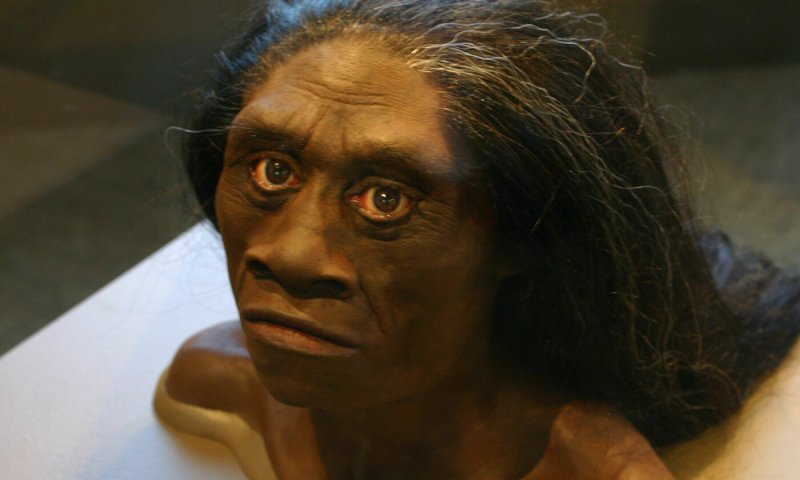Anthropologist Gregory Forth spent many years living among an ethnic group known as the Lio, an agricultural people who live and farm in the mountainous central region of Flores, Indonesia. During his time with the Lio in the 1990s and early 2000s, Forth heard repeated tales of an exceedingly small ape-man that was said to occupy Lia Ula cave, which was located nearby on the slope of a dormant volcano.
Some of the people he spoke with in Lio villages told him that these ape-men, who they referred to as the Ebu Gogo, were no longer around. The last of the Ebu Gogo had been killed off by the Lio’s neighbors, the ‘Ua people, they said, approximately 200 years ago.
But others told Forth that this was not so.
He realized right away that the descriptions provided by witnesses who’d seen the Ebu Gogo matched the physical characteristics ascribed to Homo floresiensis quite nicely.
…
This could have been a coincidence. But a good scientist doesn’t dismiss an inconvenient or unusual fact as “coincidence” without investigating first. After careful analysis and consideration, Forth concluded that the small ape-man allegedly seen by so many Lio witnesses really could have been Homo floresiensis.































